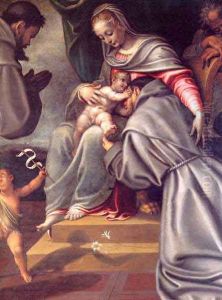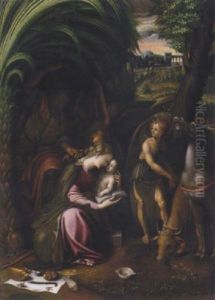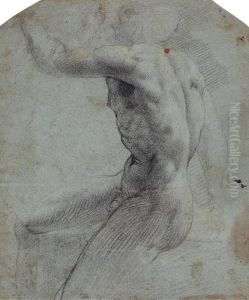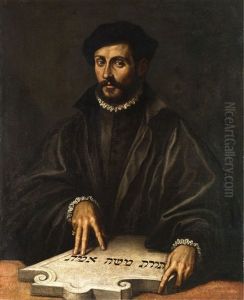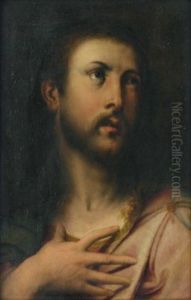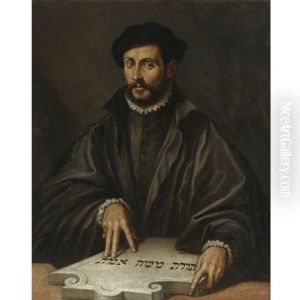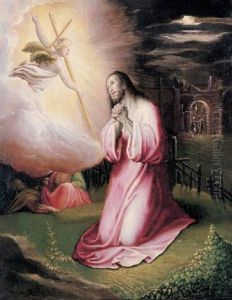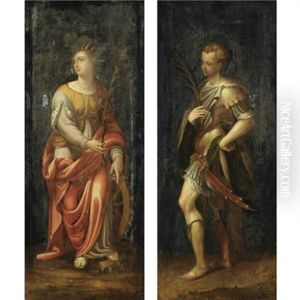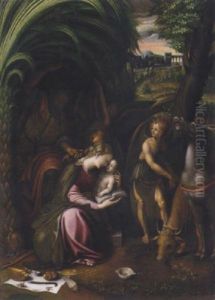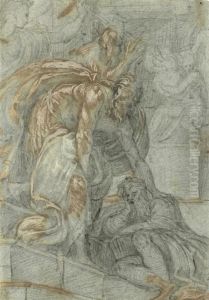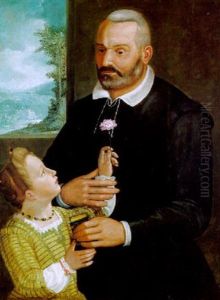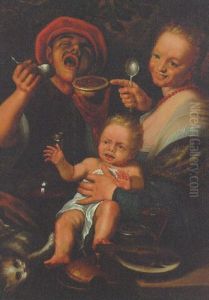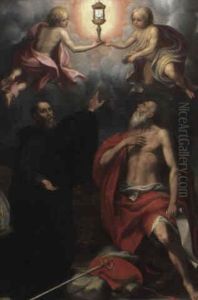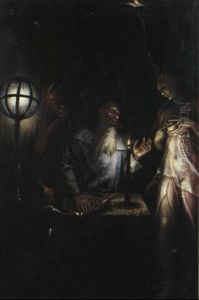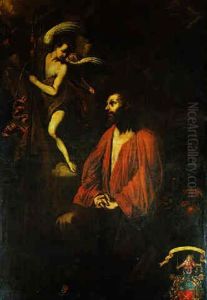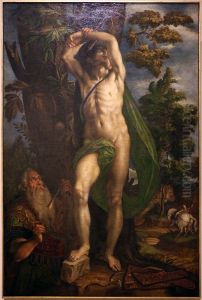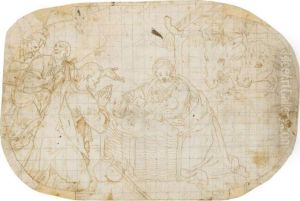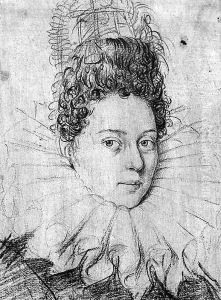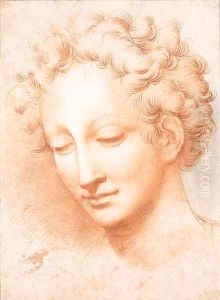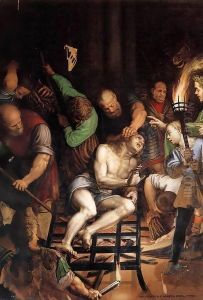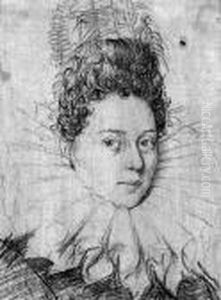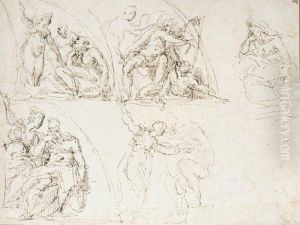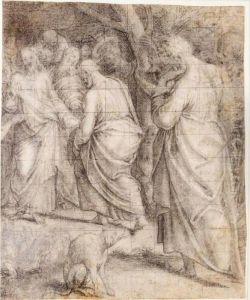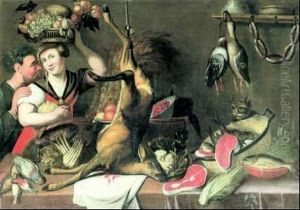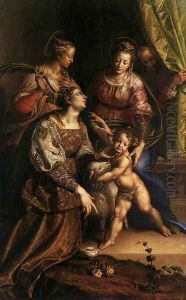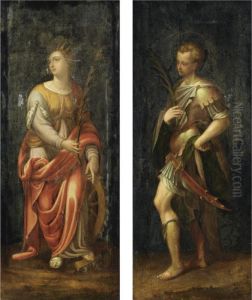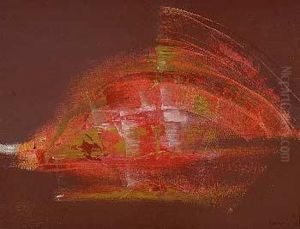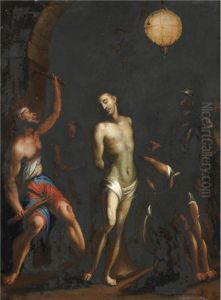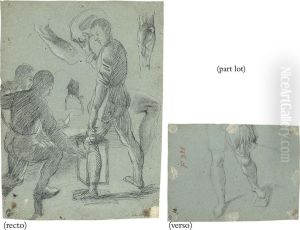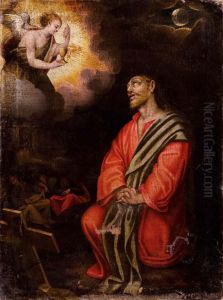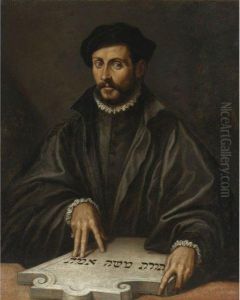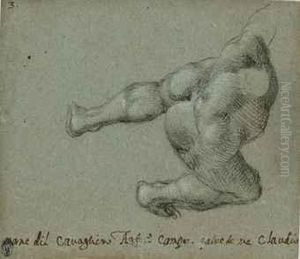Antonio Campi Paintings
Antonio Campi was an Italian painter of the Renaissance period. He was born in 1523 in Cremona, Lombardy, into a family of prominent local artists; his father Galeazzo Campi was an artist as were his brothers, Giulio Campi and Vincenzo Campi, both of whom achieved significant acclaim in their own right. Antonio was the youngest of the siblings and was initially trained by his father before continuing his artistic education with his brothers, absorbing the Mannerist style that was popular during that period.
Antonio Campi's work was influenced by the styles of Giulio Romano and Correggio, and he was also affected by the trends coming from Parma and the Veneto region. His oeuvre includes religious commissions, altarpieces, portraits, and historical subjects. Among his most notable works are 'The Martyrdom of St. Lawrence' and the 'Assumption of the Virgin'. He also worked on the decoration of the Cremona Cathedral and the Church of San Sigismondo in Cremona.
In addition to painting, Antonio Campi was also involved in the planning and design of architecture and was known for his work as an historian. He wrote 'Cremona fedelissima città et nobilissima colonia de Romani', a historical account of his native city Cremona, which was published in 1585.
Throughout his career, Antonio remained in Cremona, where he contributed significantly to the local artistic landscape. He was not only an accomplished painter but also a teacher, passing on his knowledge and style to the next generation of artists. His works are characterized by their vivid colors, careful composition, and the dynamic movement typical of the Mannerist style.
Antonio Campi died in 1587 in Cremona. His legacy is preserved in the paintings that adorn various churches and public buildings in Italy, and his influence continued to be felt through the works of his students and the following generations of Cremonese painters.
